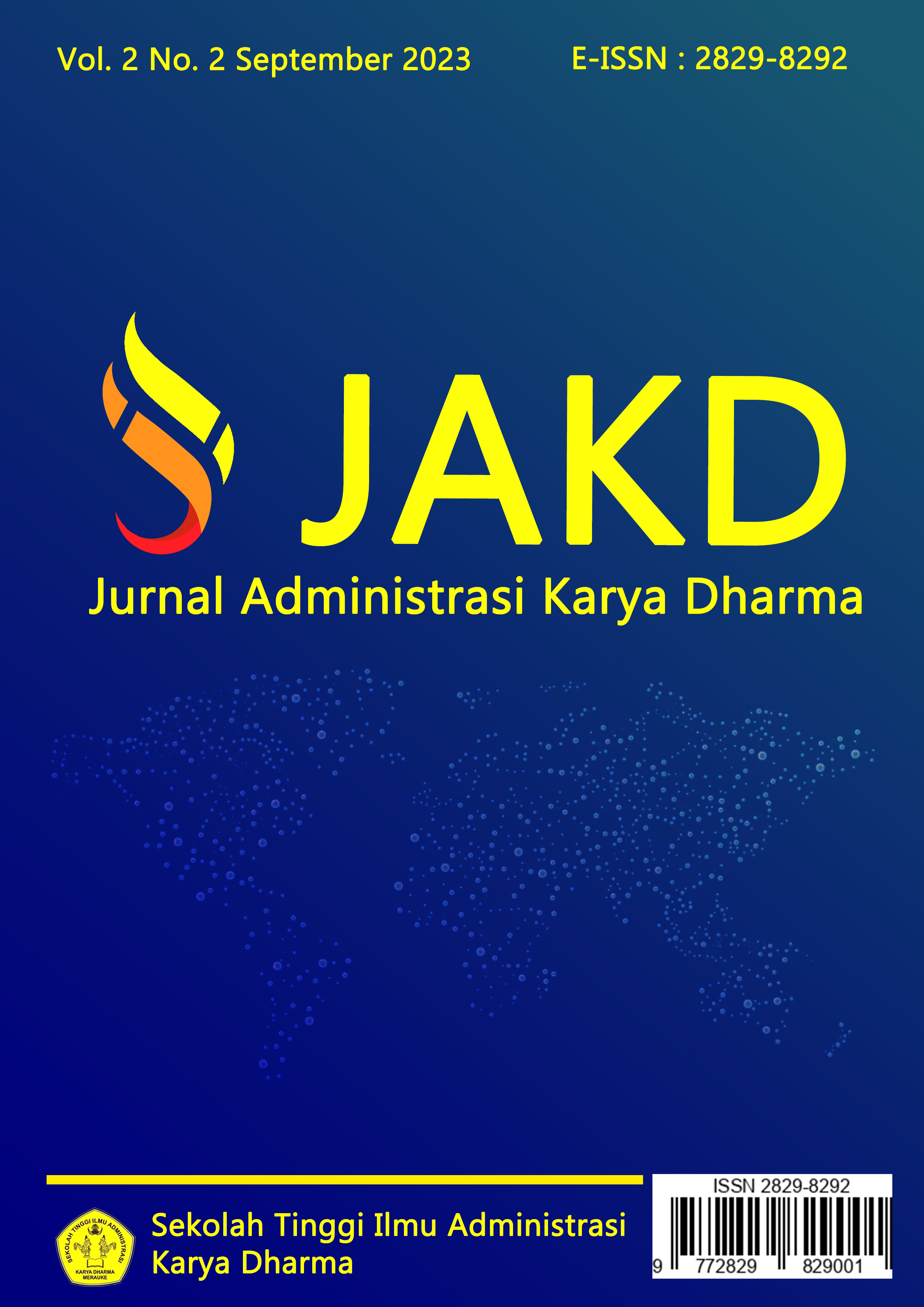Implementasi Program Percepatan Penurunan Stunting (PEPES) Dalam Menurunkan Angka Stunting Di Kecamatan Bagan Sinembah Raya
Keywords:
Implementation, Program, StuntingAbstract
Stunting is a condition of chronic malnutrition in children that occurs from the womb to the age of 2 years. Stunting affects the quality and quantity of resources in the future. The prevalence of stunting in Indonesia in 2021 was 24.40%, in Riau Province 22.30%, in Rokan Hilir Regency 29.70% saw this situation and in accordance with Presidential Regulation 72 of 2021 a program to accelerate the reduction of stunting (PEPES) was formed in Bagan District Sinembah Raya with 4 activities, namely: WhatsApp lectures on stunting children, visits to stunting toddler homes, provision of milk and micronutrient supplements and community-based surveillance. The purpose of this research is to find out how the PEPES program is implemented and what are the inhibiting factors in its implementation. This research method is a qualitative method and data collection techniques through observation, interviews and documentation. This study uses the theory of Charles O. Jones with 3 indicators, namely organization, interpretation and application. The results of this study indicate that the implementation of the PEPES program has not been maximized because there are several obstacles found related to the absence of rules in implementing the program, uneven socialization and the geographical condition of Bagan Sinembah Raya Subdistrict which is wide and access to kepenghuluan which is difficult to pass.
Downloads
Published
How to Cite
Issue
Section
License
Copyright (c) 2023 Jurnal Administrasi Karya Dharma

This work is licensed under a Creative Commons Attribution-NonCommercial 4.0 International License.












